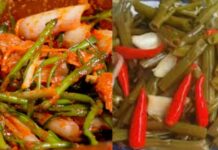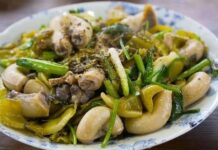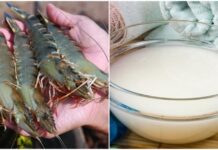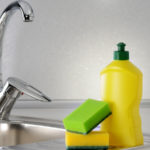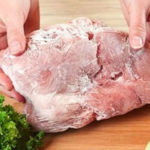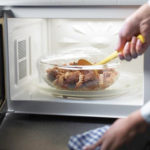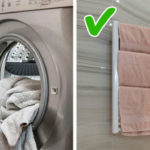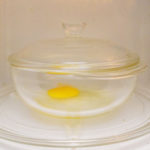PP plastic is the safest type of plastic, commonly used in microwave ovens as it is heat-resistant up to approximately 150-160°C. It is generally safe to heat water or warm cold rice in PP plastic containers. However, when heating oily food for an extended period of time, typically around 10-15 minutes, and when the temperature exceeds 160°C, the plastic may deteriorate over time.
A clear indicator of deterioration is the appearance of white spots on the plastic container, which cannot be washed clean. Numerous scientific studies have shown that oil facilitates the breakdown of plastic particles at high temperatures.
“Housewives who frequently use PP plastic containers in microwaves or for storing food high in fat for reheating are gradually exposing themselves to degraded plastic particles entering their food, which can have adverse effects on health,” stated TS Vu Thi Tan, a lecturer specializing in inorganic chemistry at the Hanoi University of Technology.
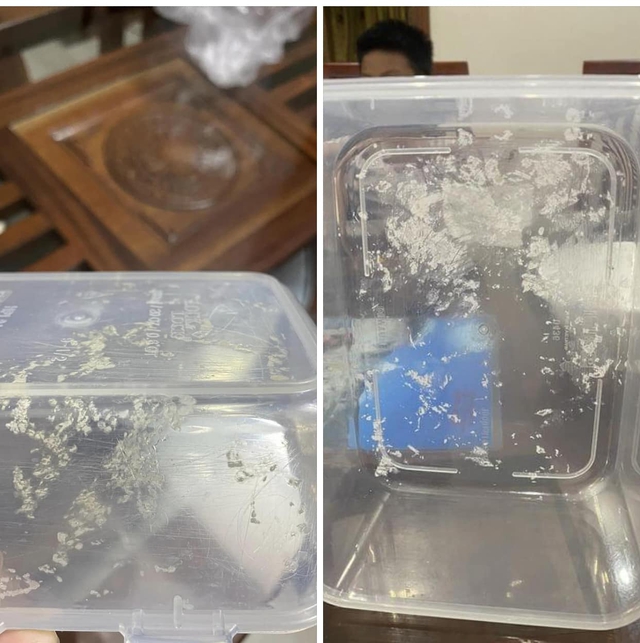
The presence of white spots on the plastic container indicates the decomposition of plastic particles.
Tan Vu
Tan advises using PP plastic containers for microwave heating when necessary, but with caution and for short durations. Particularly, it is recommended to avoid heating food with high oil and fat content.
Tan does not provide a specific time limit as it can vary depending on the power of each microwave and the food being heated. Higher microwave power results in faster heating. As an alternative to PP plastic products, ceramic utensils can be used to heat food in the microwave, which is considered the safest option, according to Tan.
Tips for Defrosting with an Air Fryer and Cautions to Consider
Do you want to know how to quickly and easily defrost food while keeping its maximum nutrient levels? An oil-free air fryer may be the answer, and this article will show you how to properly use it! Keep reading to discover the benefits of defrosting with an air fryer and what to keep in mind.
Keeping Items in Good Condition: What to Clean Less Often
Maintaining household items often requires more than just a quick clean – some items need specific care in order to keep them at their best. From towels to microwaves, pajamas to jeans, there are certain measures one can take to ensure these products last longer and remain in their best condition.











